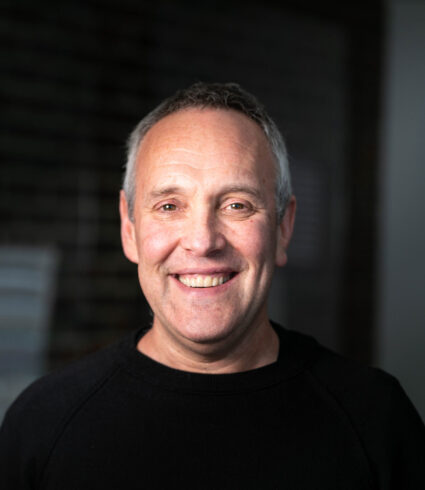
Yoel Fink
Primary Impact, Materials, Research Type

Contact Info
Assistant
Research
Professor Yoel Fink’s research interests are in the theory, design, fabrication, and characterization of multimaterial, multifunctional fibers and fiber assemblies. Fibers are among the earliest forms of human expression, yet have remained unchanged from ancient to modern times. Professor Fink’s research group focuses on extending the frontiers of fiber materials from optical transmission to encompass electronic, optoelectronic, and even acoustic properties. What makes these fibers unique is the combination of a multiplicity of disparate materials arranged in elaborate geometries with features down to 10 nanometers. Two complementary approaches toward realizing sophisticated functions are used: on the single-fiber level, the integration of a multiplicity of functional components into one fiber, and on the multiple-fiber level, the assembly of large-scale fiber arrays and fabrics. Professor Fink’s multimaterial fibers offer unprecedented control over material properties and function on length scales spanning the nanometer to kilometer range.
Biography
Professor Fink earned a BS in chemical engineering at the Technion-Israel Institute of Technology in 1994 and a BA in physics at the school in 1995. He earned a PhD in materials science at MIT in 2000. Later that year he joined the faculty of DMSE, and in 2011 he became a joint professor of Electrical Engineering and Computer Science. Professor Fink is a co-founder of OmniGuide and served as its chief executive officer from 2007 to 2010 and as a member of its board of directors until 2014. He is the co-author of more than 80 scientific journal articles and holds 60 issued US patents on photonic fibers and devices.
Key Publications
Thermally drawn rechargeable battery fiber enables pervasive power
Developed a rechargeable lithium-ion battery in the form of a self-contained ultra-long fiber that’s weavable and washable. The test produced the world’s longest flexible and waterproof fiber battery, at 140 meters long.
In vivo photopharmacology enabled by multifunctional fibers
Developed an approach to deliver light and drugs on demand through a fiber and applied it to control behavior in mice. The experiment paves the way for future clinical applications of photopharmacology, which involves photosensitive molecules that upon illumination bind to receptors to enhance or suppress the activity of certain cells.